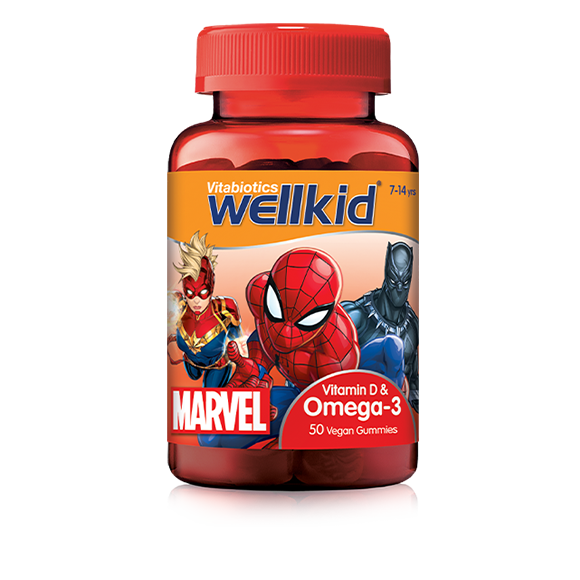Trying to add more Omega‑3 into your diet? You’re not alone. Many people wonder how they can get more of this important fat from everyday meals. While Omega‑3 supplements like fish oil or cod liver oil can be a helpful option – especially if you’re not eating much oily fish – there are also plenty of naturally rich Omega 3 foods worth exploring. You can read more about the difference between Omega-3 vs cod liver oil vs fish oil here.
Whether you're curious about omega‑3 fatty acids foods, wondering what foods have Omega‑3, or simply searching for the foods with the most Omega‑3, we’ve got you covered. From salmon to flaxseeds, this guide explores what foods are high in Omega‑3, and how to include them in your weekly routine, alongside tips on when supplements might come in handy.
What are Omega-3 fatty acids?
You’ve probably come across terms like ‘Omega‑3 foods’ or ‘what are omega‑3 fatty acids’ in your health searches – but what do they actually mean?
Omega‑3 fatty acids are a type of polyunsaturated fat that play an important role in the body. There are three main types of omega‑3:
- ALA (alpha-linolenic acid) – found mostly in plant foods like flaxseed and walnuts
- EPA (eicosapentaenoic acid) – mainly found in oily fish
- DHA (docosahexaenoic acid) – also found in oily fish and algae
These are classed as essential fatty acids because they cannot be made efficiently by the body and must therefore be obtained through the diet.
What does Omega-3 do?
So, what is Omega‑3 good for? Omega‑3 fatty acids are important for many aspects of health. According to European Food Safety Authority (EFSA) claims:
- EPA & DHA contribute to the normal function of the heart†
- DHA contributes to the maintenance of normal brain function‡ – explore the best brain foods and contributes to the maintenance of normal vision‡ – take a look at the best foods for eye health
- Maternal intake of DHA also contributes to the brain and eye development of breastfed infants.*
Want to know more about how Omega‑3 works? – our full guide breaks it down in a clear, practical way.
How much Omega-3 should you eat?
There isn’t a UK government recommendation for Omega-3 in grams, but the NHS advises eating two portions of fish a week, with at least one being oily fish such as salmon or mackerel.
So having oily fish once or twice a week can go a long way toward supporting your Omega‑3 intake. If you follow a vegetarian or plant-based diet, you may need to rely more on plant-based sources of Omega‑3 or consider a supplement derived from algae.
Foods rich in Omega-3
Some foods are naturally higher in Omega‑3 than others, making them useful additions to your diet. Here’s a look at the best sources of Omega‑3 – whether you eat fish or follow a plant-based plan.
Oily fish
Oily fish are among the richest sources of EPA and DHA, the types of Omega‑3 most directly used by the body.
Top sources include:
- Salmon
- Mackerel
- Sardines
- Herring
- Anchovies
- Trout
Fresh vs canned fish? Canned fish such as sardines or salmon still contain omega‑3 – just make sure they’re canned in water or olive oil for a healthier choice.
Wondering does tuna have Omega‑3? It does – especially in its fresh form or when canned in oil – though it’s not as rich as salmon or mackerel.
Shellfish
Shellfish also contain Omega‑3, though typically in smaller amounts than oily fish.
Top shellfish sources:
- Oysters
- Mussels
- Prawns
Cooked prawns, for example, provide around 0.24g of Omega‑3 per 85g serving.
White fish
While not as rich as oily fish, white fish still contributes some Omega‑3.
White fish sources include:
- Sea bass
- Halibut
- Haddock
You may also be wondering – does cod have Omega‑3? Yes – although it’s lower in fat than oily fish, cod still provides a useful contribution.
Nuts and seeds
For those avoiding fish, ALA-rich plant foods are important.
Some of the best plant-based Omega‑3 fatty acids foods are:
- Chia seeds
- Flaxseeds
- Walnuts
- Hemp seeds
- Pumpkin seeds
You can sprinkle them on porridge, blend into smoothies or make chia puddings for an easy Omega‑3 boost.







